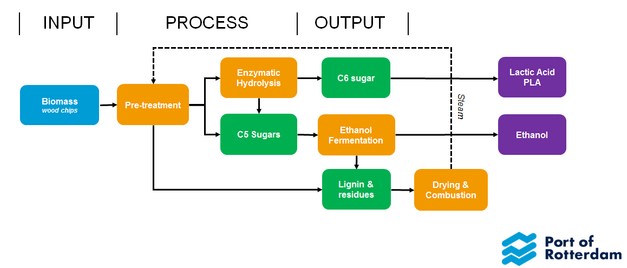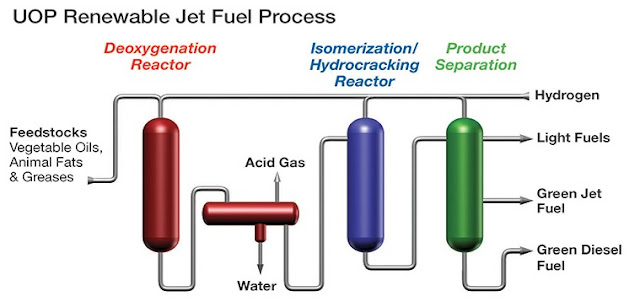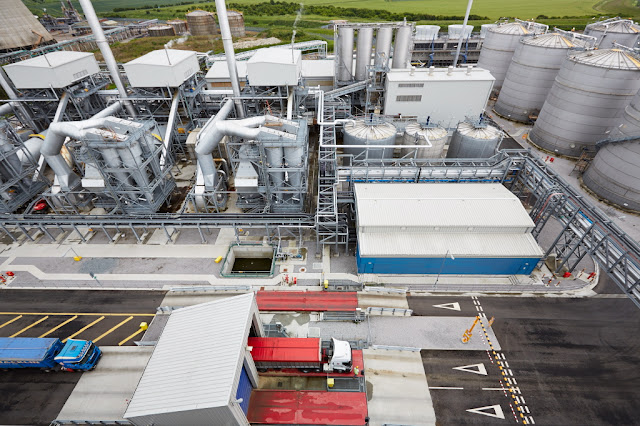Corbion, Uniper, RWE y la Autoridad Portuaria unen fuerzas por una nueva biorrefinería en Róterdam

La escala ideal para un sistema específico de biorrefino depende de los límites marcados por aspectos como la logística, los costes de producción o el tamaño mínimo de los procesos individuales. En este sentido, es más probable que las grandes biorrefinerías integradas emerjan asociadas a los mayores puertos. En el Puerto de Róterdam , se manejan 465 millones de toneladas de carga al año, lo que lo convierten en el puerto más grande de Europa. Actualmente, el Puerto de Róterdam alberga una gran biorrefinería. Se trata de la instalación que Neste puso en marcha en 2011 y que está localizada en el distrito Maasvlakte del puerto (puedes aprender más sobre ella en el siguiente enlace: Rotterdam Biorefinery ). Sin embargo, puede que sea la única biorrefinería instalada en el puerto por poco tiempo. Corbion , Uniper , RWE y la Autoridad Portuaria de Róterdam están involucradas en el desarrollo conjunto de una nueva biorrefinería (ver la nota de prensa ). Corbion pretende incrementa







